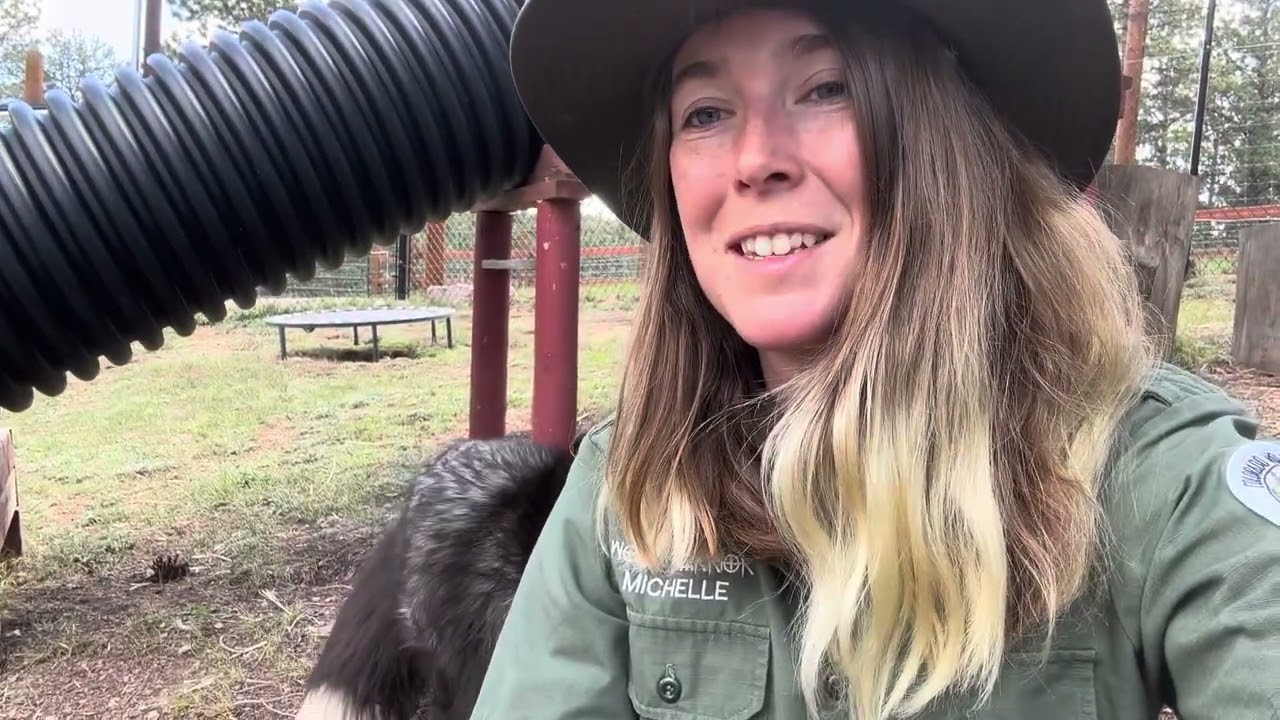- The intricate communication systems of foxes and their importance in wildlife conservation.
- The scientific insights gained from Fox Talk – 5/14/2025 and their implications for zoology.
- The role of video documentation in enhancing our understanding of animal behavior.
- The impact of advanced zoo management practices on fox conservation efforts.
- The broader ecological implications of studying and preserving fox populations.
Fox Talk – 5/14/2025 serves as an engaging exploration into the communication methods employed by foxes, unveiling layers of their social and ecological significance. Their vocalizations, expressions, and behaviors offer insights not just into their world, but also into conservation practices that benefit these creatures globally.
Foxes, as members of the canid family, are equipped with complex vocal and non-vocal communication systems. These allow them to establish dominance, find mates, and warn of danger, among other essential functions. Understanding these systems is crucial in wildlife conservation, as it can help biologists create more effective protection plans and habitats that cater to their needs. Conservationists and zoo managers recognize the need to study these communication dynamics to safeguard fox populations.
The scientific revelations from Fox Talk – 5/14/2025 have been instrumental in advancing various zoological studies. Researchers recorded a diverse range of fox calls and interpreted their meanings to shed light on previously misunderstood social structures and interactions. Such discoveries have significance beyond academic curiosity; they inform active breeding programs, rewilding strategies, and the management of wildlife sanctuaries. These insights ensure the actions taken align more closely with natural behaviors, enhancing the welfare and survival of foxes.
Video documentation plays a pivotal role in this context. By observing foxes through detailed recordings, scientists can analyze subtle changes in posture, facial signals, and other physical cues alongside their vocalizations. High-definition footage from the event has been critical in revealing these nuances, allowing for an enriched understanding of their behavior and communication. This method not only aids researchers but also educates the public, fostering an appreciation for foxes and their conservation.
Advanced zoo management techniques are increasingly important as human activity encroaches on natural habitats. The integration of these practices into zoos and conservation programs ensures that captive foxes are given environments that mirror their wild counterparts as closely as possible. By using the knowledge gained from Fox Talk – 5/14/2025, zoos can create enriched habitats that promote natural behaviors, ensuring both physical and psychological well-being.
Fox conservation is not an isolated endeavor. It interacts with broader ecological systems, impacting other species and environmental health. Preservation efforts guided by comprehensive studies enable ecosystems to maintain balance. The role of foxes as predators and their position in the food web underline their ecological importance. Protecting foxes also means supporting the broader habitat they inhabit, promoting biodiversity.
Fox Talk – 5/14/2025 embodies a multifaceted approach to understanding and preserving these fascinating animals. By examining their communication, conservationists and scientists have gained valuable insights that can guide future efforts in both zoological and ecological arenas. The strategic use of video documentation enhances the accuracy of these studies and helps bridge the gap between scientific inquiry and public awareness, fostering a more informed and engaged society.
*****
Source Description


